Everyday for the past 4 years, nearly 40 people have moved to Greater Richmond. They come from far and wide; a worker from Norfolk seeking a job, a high school graduate from Danville coming to the “big city” for college, a relative from out of state moving to be closer to family, or an immigrant from abroad hoping to begin a new life. These newcomers bring vitality to Richmond, blending with the existing community to create new social, economic, and cultural possibilities. Nearly everyone born and raised here (myself included) remarks that the city is more vibrant than at any time in recent memory.
With these changes come new challenges. The most visible of these is the shocking increase in the cost of housing. In the 10 years between 2014 and 2024, the cost of the average home in Richmond more than doubled. Equally shocking, but less visible to many, has been the ongoing destruction of vast swaths of forests and farmland in the surrounding counties for continued suburban development. In the past four years, 7 out of 8 newcomers to our region moved to homes outside the City of Richmond.
Other challenges we face include the unequal distribution of public resources (such as education), homelessness, the environmental impact of sprawl, insufficient investment in public transportation, and the dangers posed by automobile-centric planning to the environment, safety, and public health. Taken together, this is a daunting array of obstacles. But where there are obstacles, there are also opportunities.
Richmond now has a once-in-a-generation chance to transform our city for the better, simultaneously combatting the housing crisis, climate change, and deeply entrenched social injustices. That opportunity is the Code Refresh now being crafted by City Hall. The Code Refresh aims to overhaul the city’s zoning policy to align with the Richmond 300 Masterplan.
Why is this necessary? How will it help?
For starters, Richmond’s current zoning code is hopelessly out of date. Our codes are largely a product of the 1970s, when cities across the country were building urban expressways, incentivizing suburban subdivisions and shopping malls, and demolishing once-vital central neighborhoods. At that time, planners sought to separate the different functions of the city, such as housing and shops. This is why many of Richmond’s best-loved local businesses, like Joe’s Inn in the Fan or the Hill Cafe in Church Hill, would be illegal to create under current zoning. The absurdities don’t end there. Most of Richmond’s neighborhoods are zoned only for single family homes, so the rich mix of duplexes, carriage houses, and apartment buildings that exist there are also effectively illegal. (See the photos above for some examples.) These are precisely the forms of housing that can help us combat the affordability crisis and create more housing options for the next generation of Richmonders.
The Code Refresh builds on the vision laid out in the Richmond 300 Masterplan, which was developed with robust public input from all parts of the city. The mandate of the masterplan was clear: create a more sustainable, transit-oriented, and inclusive city built around dense, walkable, mixed-use neighborhoods. The plan correctly identifies producing more housing as a key strategy for making Richmond more affordable overall. Code Refresh should deliver on these desires from the citizens.
Building more walkable, transit-oriented neighborhoods is one of the most important things we can do to make a safer and more sustainable Richmond. In 2020, as the Richmond 300 Masterplan was being debated, I wrote an article in the Richmond Times-Dispatch providing a small sample of the wealth of data that support these claims:
_
In an era of increasing disregard for facts, we must take stock of the things we know for certain. According to the CDC, 1.35 million people died from automobile accidents globally in 2019. That’s more than have died from COVID-19 so far in 2020. Vehicle emissions in 2015 accounted for an additional 385,000 global deaths. Americans die in traffic accidents six times more frequently than Norwegians, according to the WHO [World Health Organization]. If we walked, biked, and used public transportation at the same rate that they do, over 30,000 American lives could have been saved in 2019 alone.
[ . . . ]
Cities built around cars are a crisis not only for humans, but for the natural world as well. Sprawl is a major contributor to both greenhouse gas emissions and habitat destruction. Denser development, like townhouses and apartments, are more efficient to heat and cool, too. When we increase urban density, CO2 emissions from both transportation and building energy-use drop dramatically. With rampant development and climate change threatening to drive 80% of the world’s species to extinction, the stakes couldn’t be higher. That’s why the UN’s Intergovernmental Panel on Climate Change lists land-use reform as one of its most important action items.
_
In the five years since that article was published, what has changed? The answer is: very little. Sprawl has continued unabated, and housing production in the city has not kept up with demand. Richmond today houses 20,000 fewer people than it did in 1970. In 2023, the City Council determined that we have a shortage of at least 23,000 homes. RVAgreen 2050, the city’s climate action plan, also calls for land use reform, and yet the zoning changes laid out in Richmond 300 have still not been formalized.
Simply pretending the problem will go away will not work. Sooner or later, we will have to face the fact that urban planning in Greater Richmond since 1945 has been an abject failure. Worst of all, it is a failure so long, deep, and pervasive that we have spent our entire lives living inside of it. It is easy to assume that the way our city is now is natural and inevitable. It is not. I love Richmond and have spent the past 13 years chronicling its architectural history on this very website, arguing forcefully for architectural preservation when appropriate. But I also believe that Richmond’s best days are ahead of it, if we can give ourselves the freedom to imagine what a new and better Richmond might look like.
The time for change is now, and a broad coalition of voices are coming forward to support Code Refresh as a step in the right direction. One group supporting the zoning changes, called Homes for All Our Neighbors, has united many of the city’s leading advocates for affordable housing including the Partnership for Housing Affordability, Better Housing Coalition, Richmond Metro Habitat for Humanity, and the Community Climate Collaborative. It also includes Eden Village of Richmond, a group working to create a community of tiny homes for formerly unhoused people, for which I serve as a board member. We support the measure not only because housing unaffordability is one cause of homelessness, but because the very village we seek to build would be illegal under current zoning.
I urge my fellow Richmonders, the Zoning Advisory Council, the City Council, and Mayor Avula to strongly support the rezoning effort. As the City prepares to release the second draft of Code Refresh, we must ensure that the rezoning effort supports the needs of the many, rather than being watered down because of the objections of a vocal few. If we fail, we will squander a golden opportunity to change Richmond for the better. If we succeed, we will open the door into a more affordable, sustainable, equitable, healthy, and vibrant future for all.
_
Don O’Keefe AIA AIJ CPIJ
_
Don O’Keefe is a founding co-editor of ArchitectureRichmond. He is an architect, urban planner, and currently adjunct assistant professor at the Irwin S. Chanin School of Architecture at the Cooper Union. He is a member of the American Institute of Architects, the American Planning Association, the Architectural Institute of Japan, and the City Planning Institute of Japan. He serves on the board of Eden Village of Richmond and the advisory board of the Branch Museum of Design.
_
Note: This is an opinion piece. Pieces in our opinion section reflect the views of the author and may not reflect the views of other associated with ArchitectureRichmond or the organization as a whole.
_

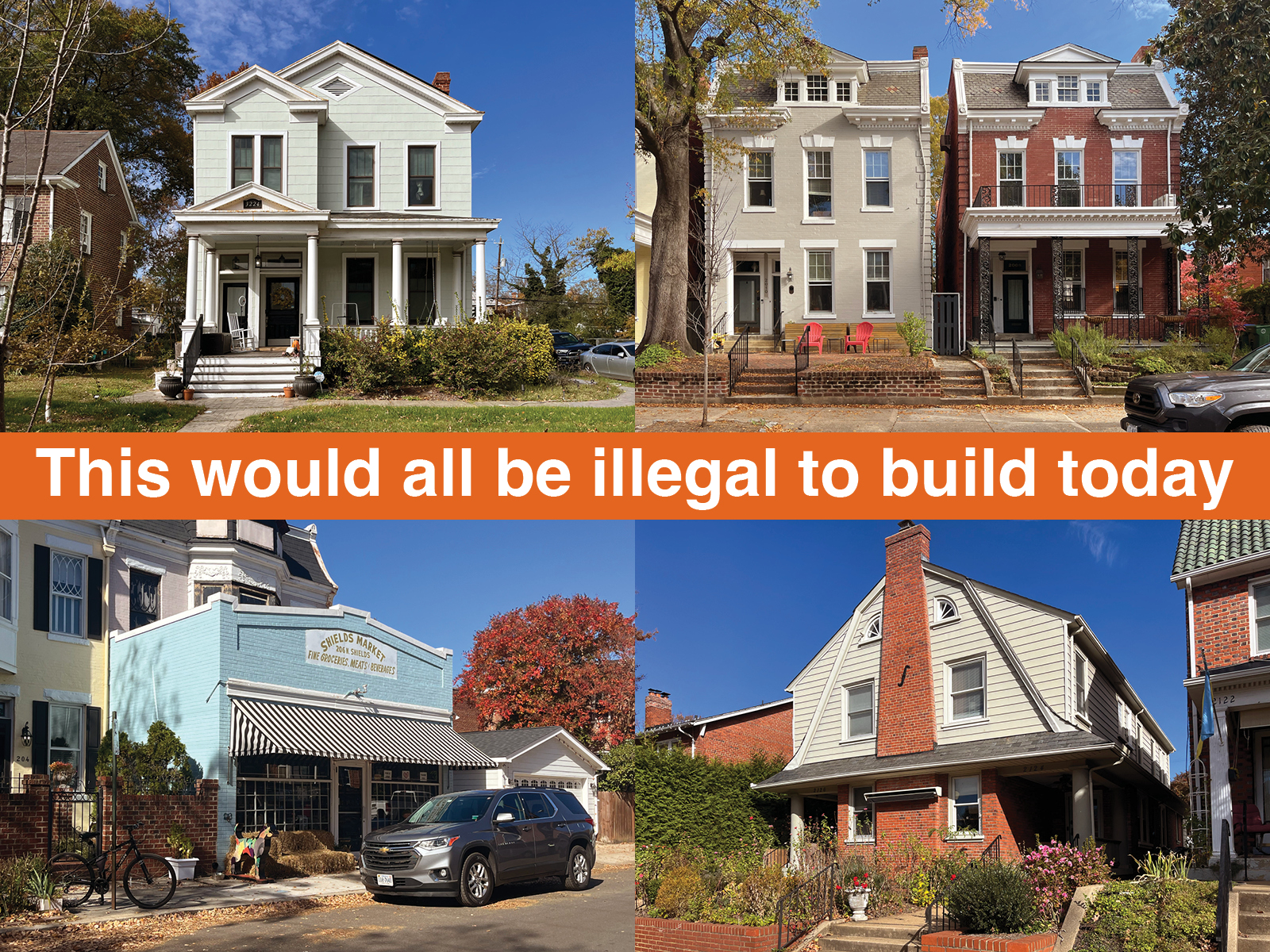
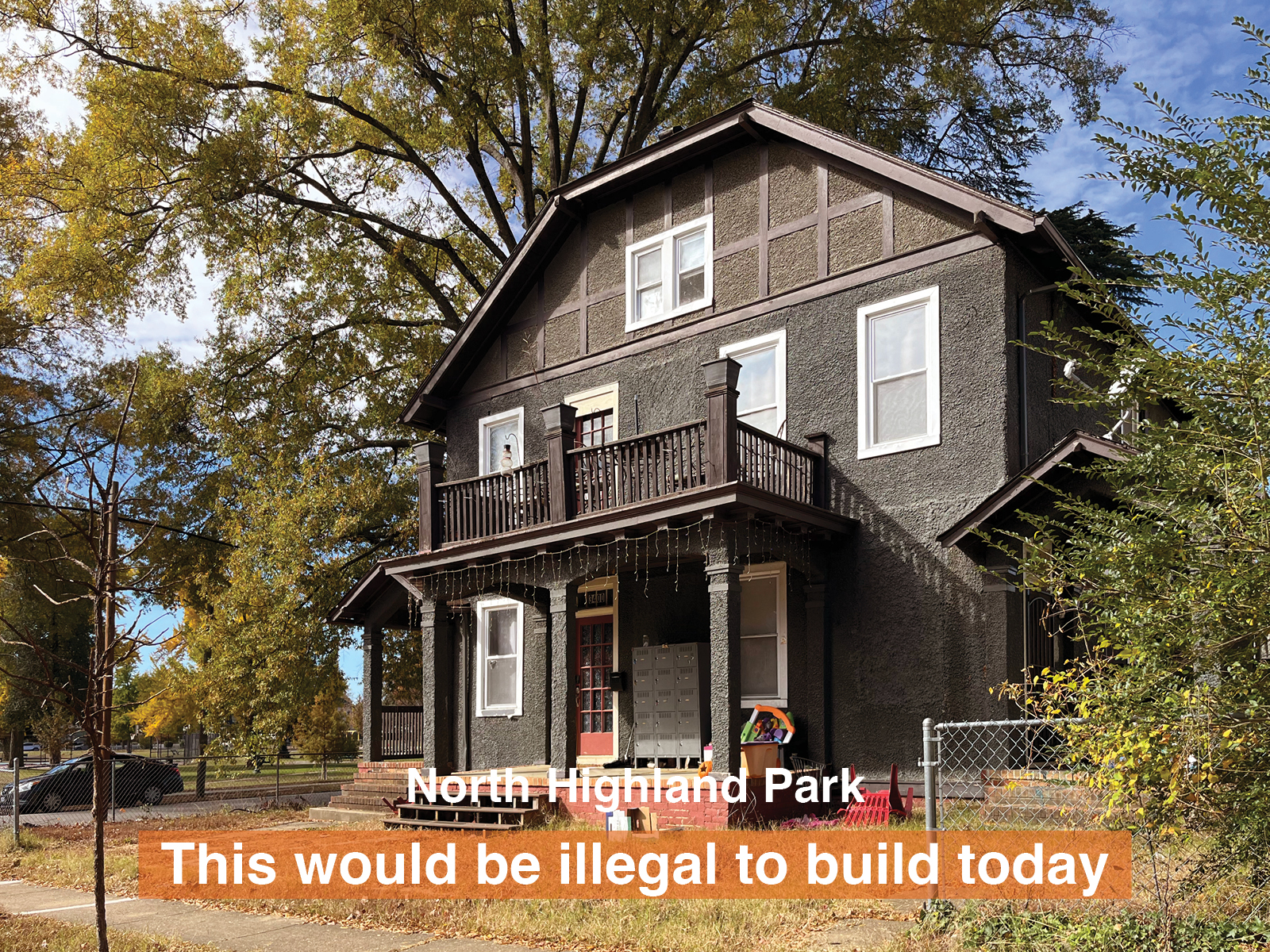

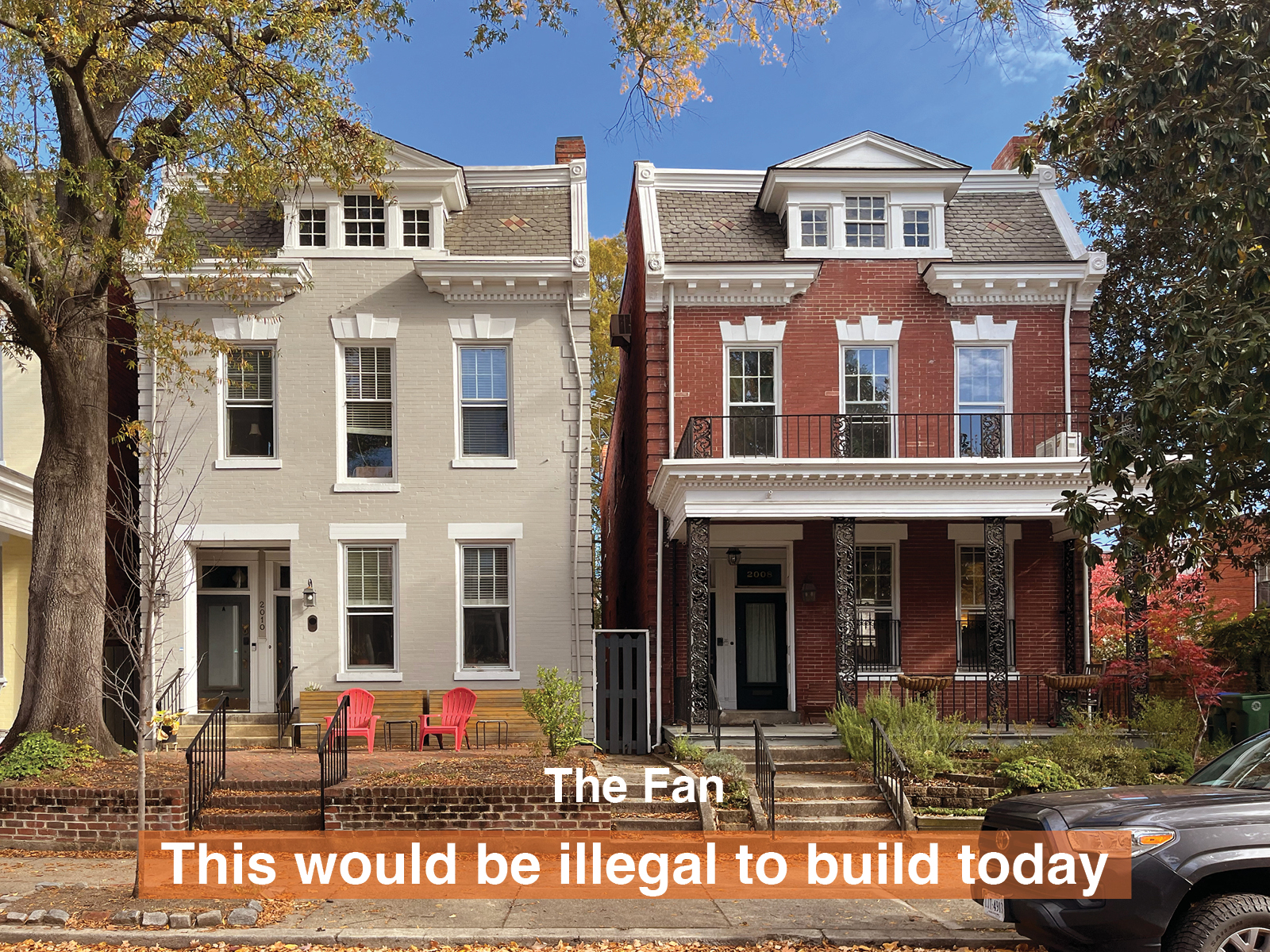

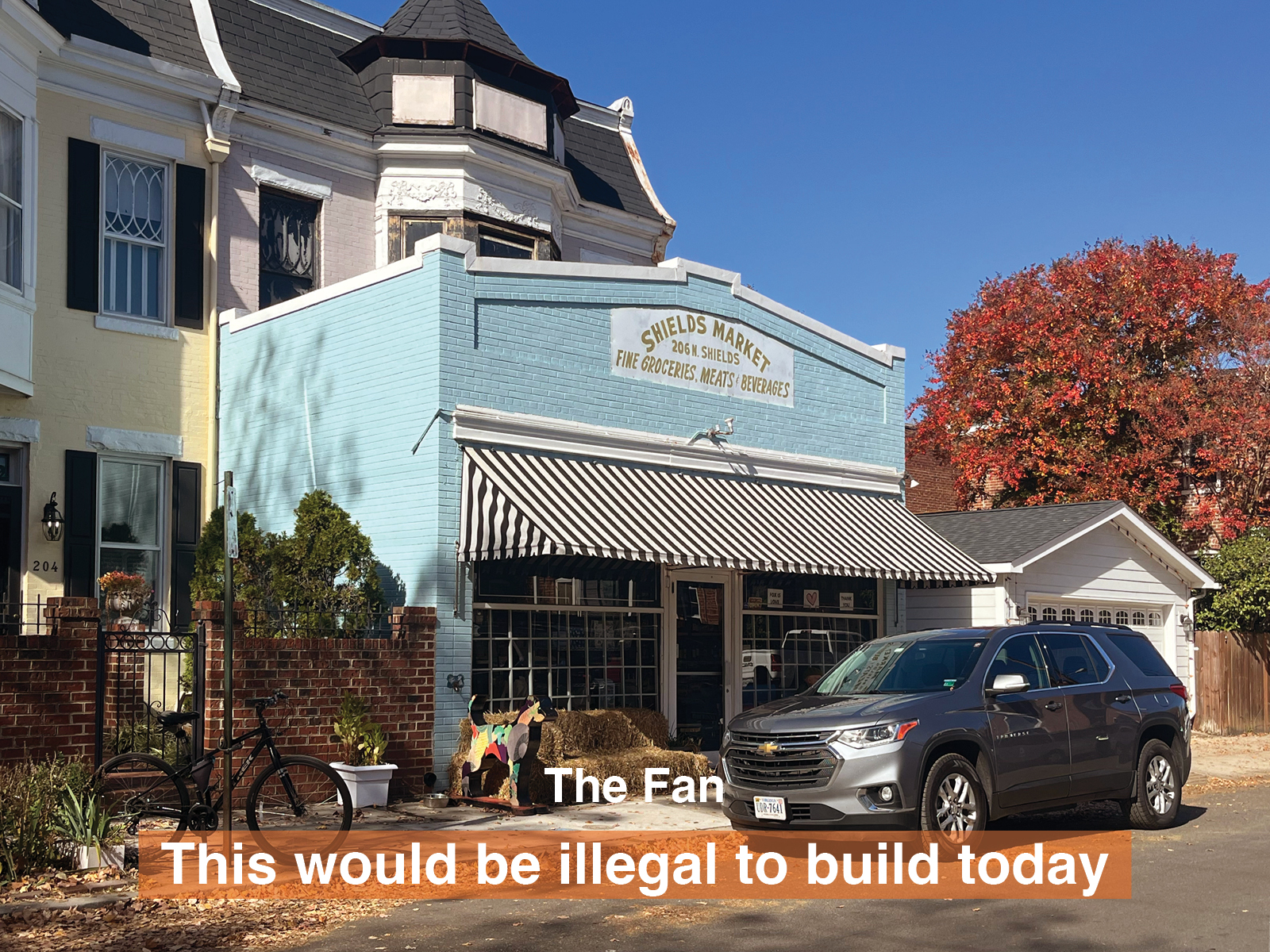


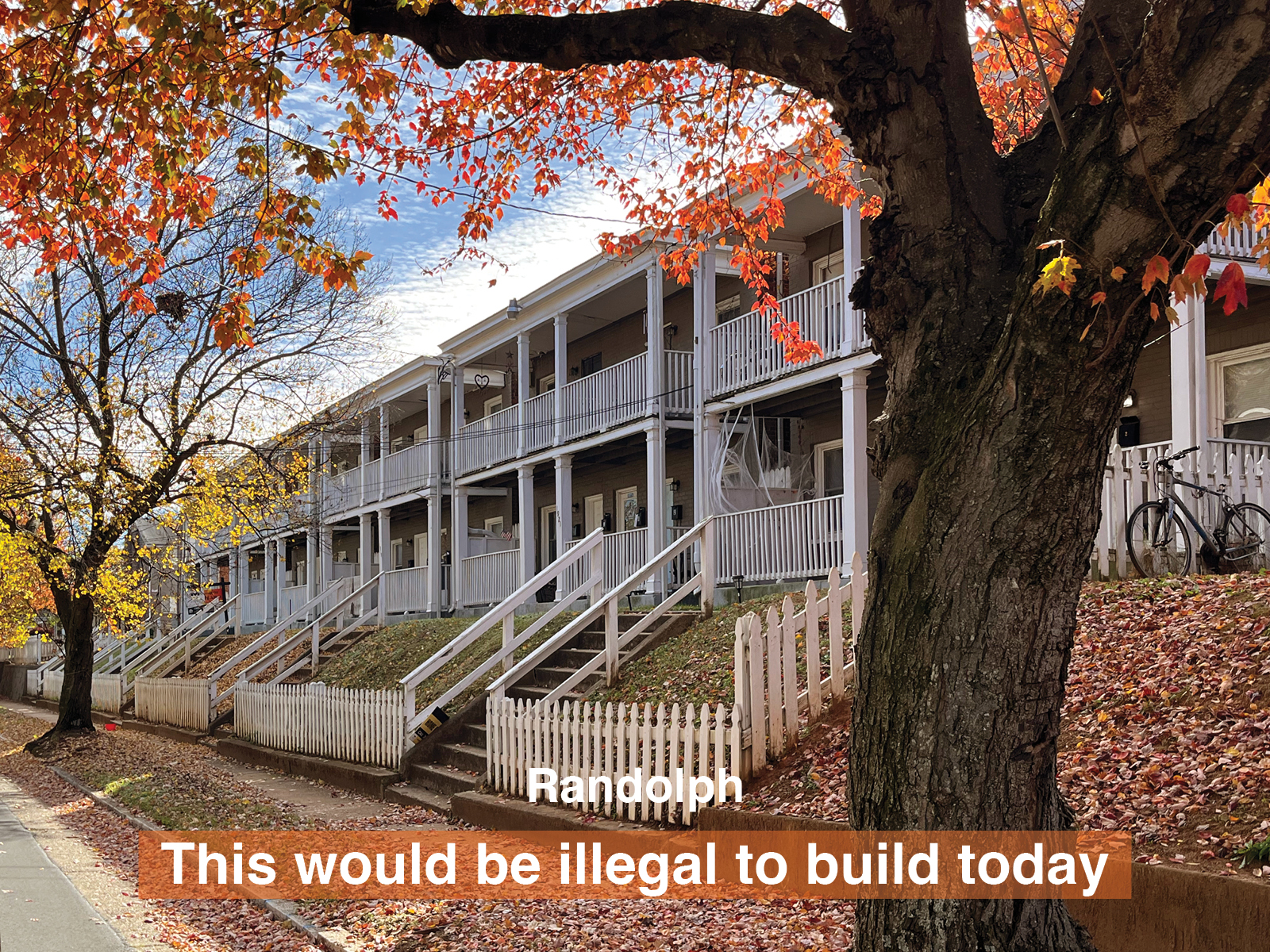

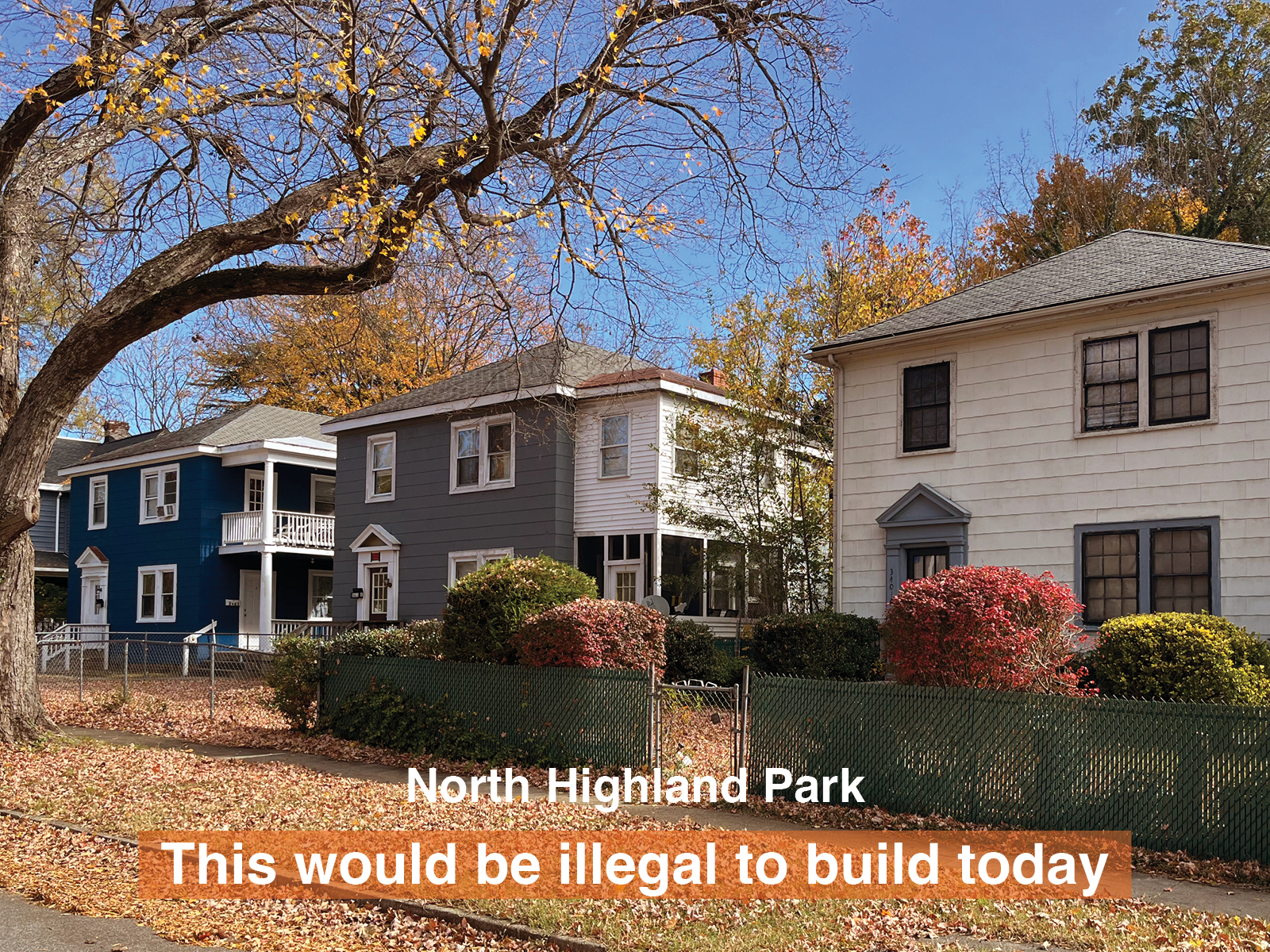
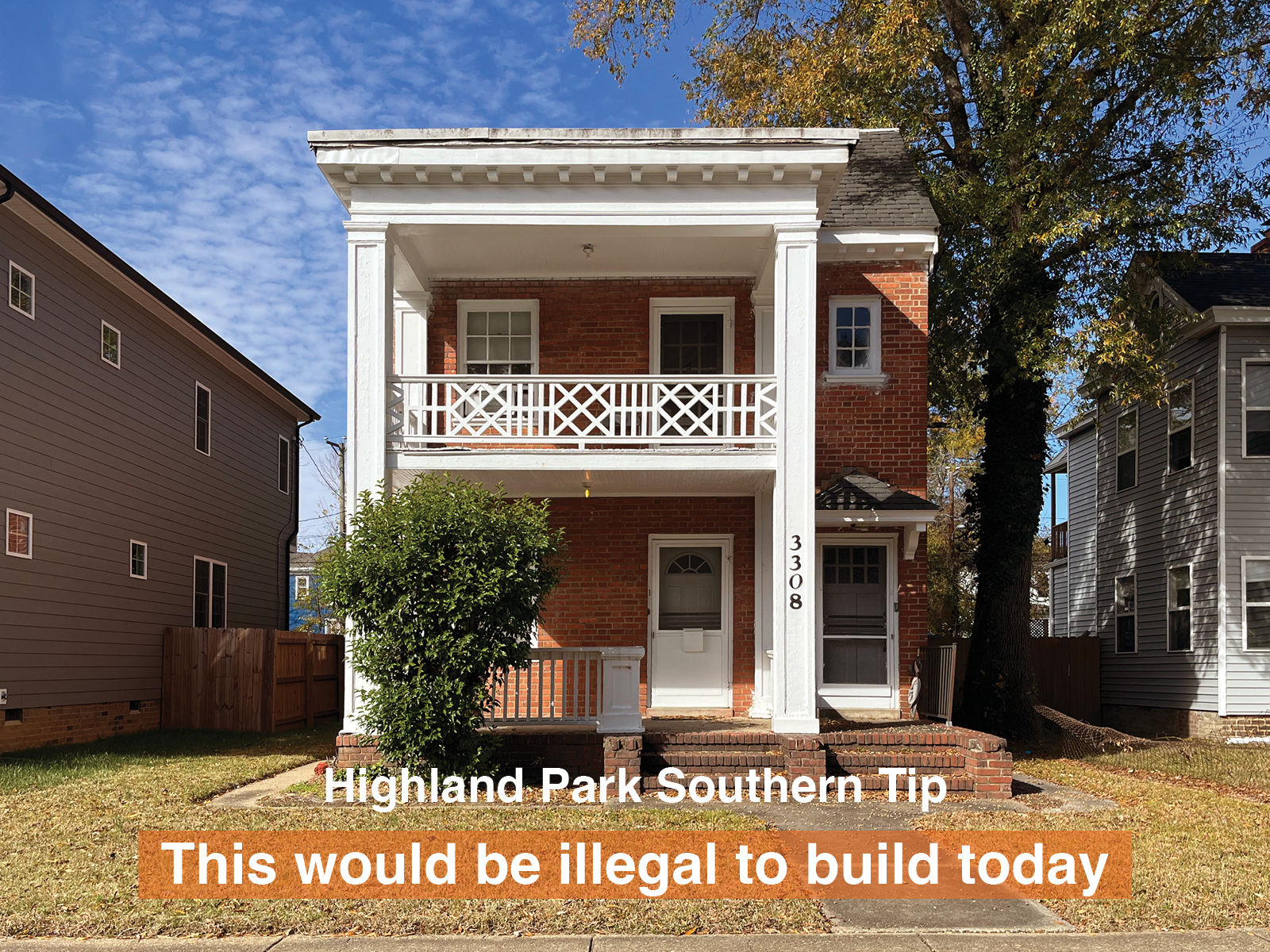
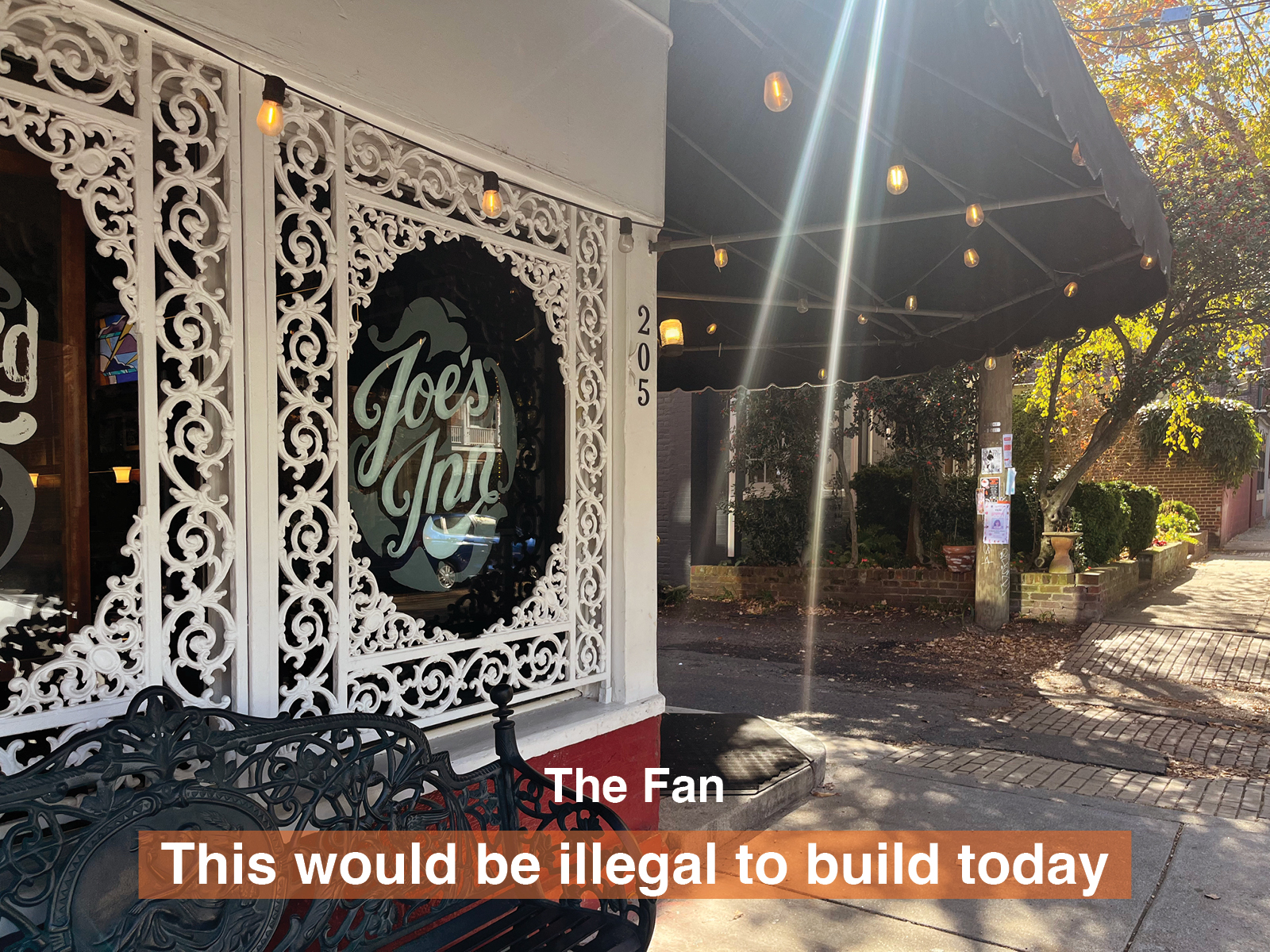

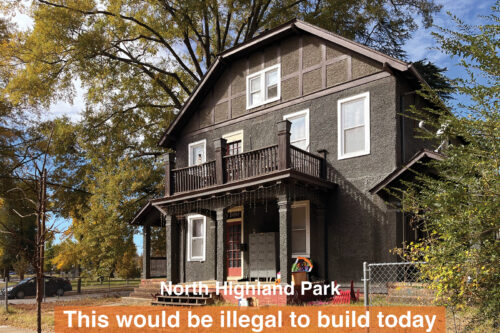
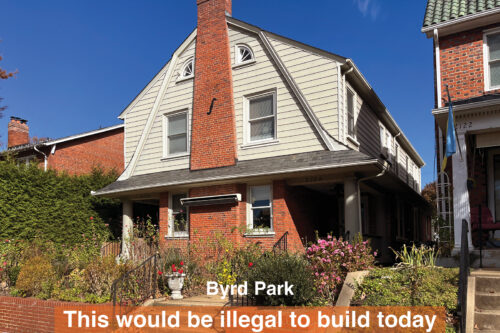
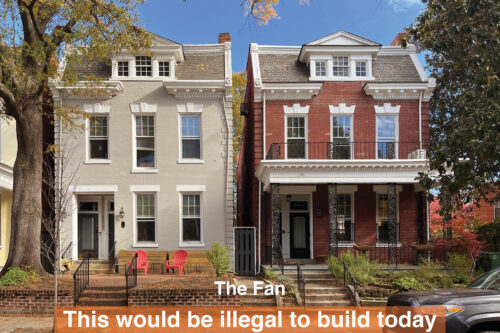
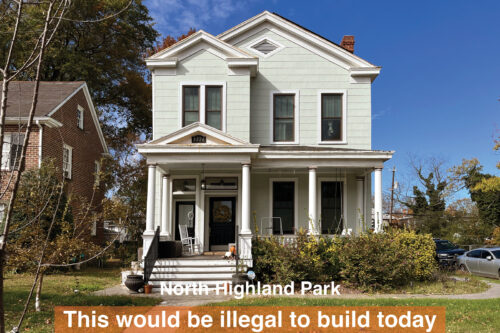
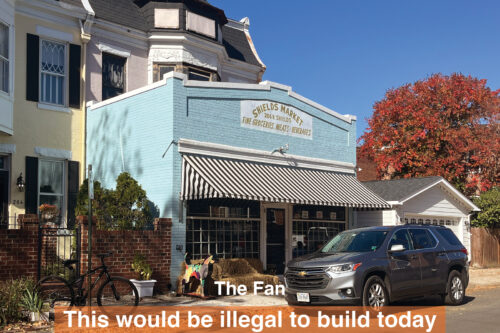
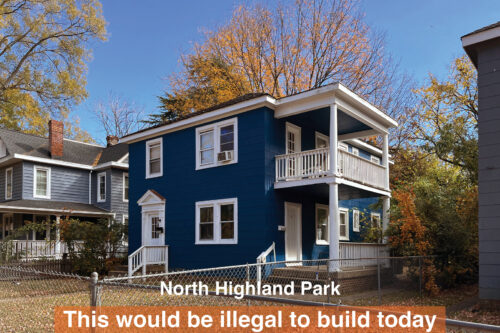
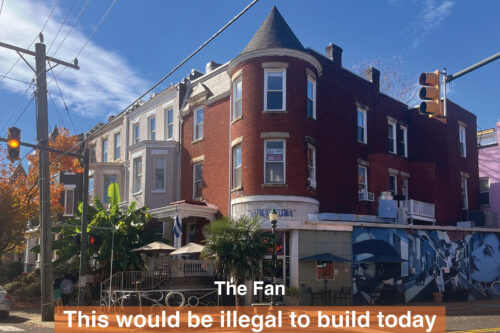

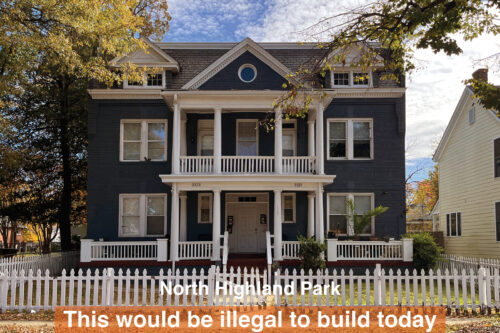

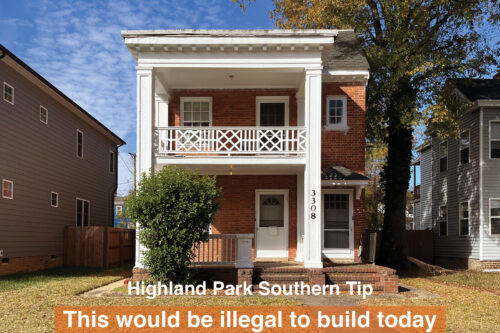
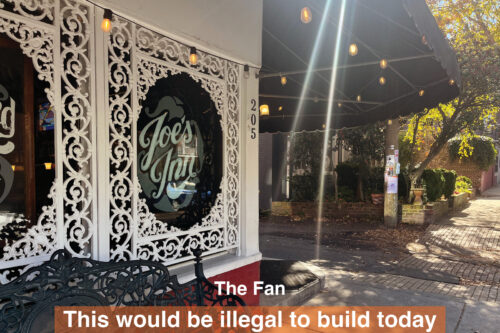
Write a Comment